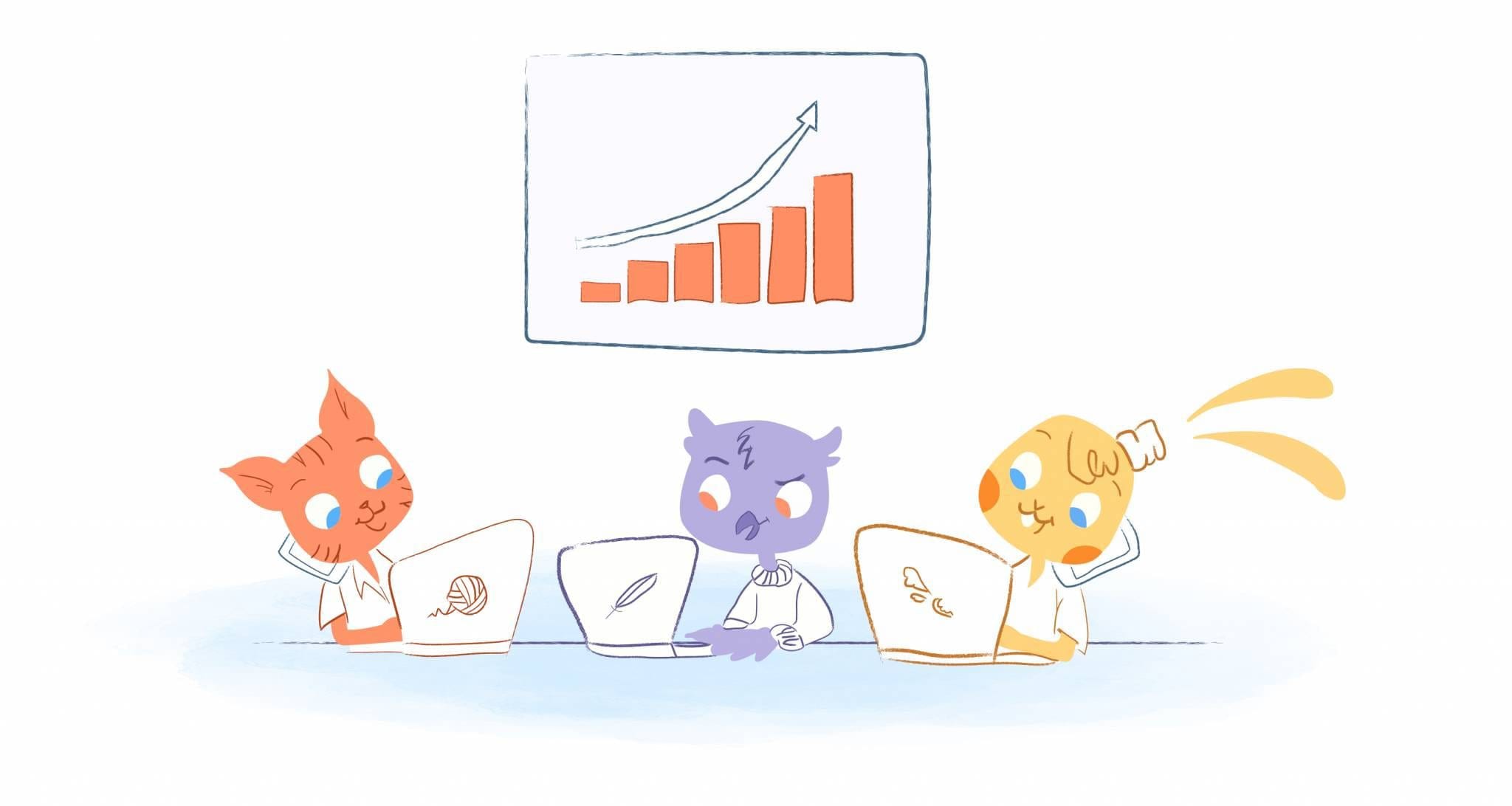

When you’re scheduling meetings between clients, vendors, and your employees, things can get sloppy real quick if you’re not organized. Disorganization tends to cause rushing between appointments. Even worse, you’ll earn a reputation as someone who’s unprepared or forgetful.
That’s not fair to anyone — especially to yourself.
Instead, you need to optimize meeting times so that you’re not wasting anyone else’s time. And the best way to do this is by using your calendar in the following ways.
Get familiar with your calendar.
First things first, if you want to use your calendar to optimize meeting times, then get familiar with it’s full capibilities. This way you can coordinate and optimize meetings more quickly and effectively.
To help you bulk-up on you calendar skills, here’s some resources for you to review.
- 14 Google Calendar Tricks You’re Probably Not Using
- Top 50 Most Popular Outlook Tips, Tricks and Tutorials
- Office 365 Tips & Tricks
- 10 Gotta-Know Calendar Tips for iOS
Arm yourself with the right tools.
Online calendars can do most of the heavy lifting for you. But, integrating your calendar with a scheduling tool will pretty much put scheduling meetings on autopilot.
For example, with Calendar you just select your availability on your calendar and share it via email or embedded link. The other member(s) of your meeting then pick the date and time that works for them. The event is added to everyone’s calendar.
Easy, peasy, right?
Calendar even detects time zone differences and integrates with Google, Outlook, Office 365, or iCloud calendar. You can even use it to buffer meeting times so that you never run late from one meeting to another. With that, you can further optimize meeting times.
Know the best day and time to hold a meeting.
Monday mornings are usually a popular time to schedule meetings. However, it’s often considered the worst time. That’s because attendees are either unavailable or aren’t prepared.
A Monday morning meeting also causes a lot of stress by causing everyone to have to spend at least a portion of their weekend getting ready. Some employers think they are getting in extra time from their employees — but in reality, the employee has not had a true break and will be less productive.
A study from YouCanBookMe, found that 2:30pm Tuesday is the time when most people are free. As such, the company schedules meetings on Wednesdays at three pm.
“By Wednesday lunch time, they’ve had two days to try and figure out what they’re trying to do,” said Bridget Harris, co-founder of YouCanBookMe.
Other research has confirmed that three pm on a Tuesday, Wednesday, or Thursday is the best date and time for meetings. That being said, I block out between two pm and three pm in my calendar for team and client meetings on these days.
Share your calendar.
When you have meetings scheduled, don’t keep it to yourself. Share your calendar with your team so that everyone is on the same page and will be reminded
Popular online calendars allow you to easily share your calendar with others. But, so does scheduling tools like Calendar.
Schedule pre-meeting tasks.
“When we prepare for meetings we typically only think about how we can prepare ourselves for the meeting,” notes Renzo Costarella in a previous Calendar post.
“While it’s always imperative to come prepared yourself — it’s just as important to make sure others are prepared as well.” Besides sharing your calendar, also share the meeting’s agenda and resources so that everyone is prepared.
Personally, I also create specific tasks and assign them to team members. I then add those tasks to the shared calendar. This could be as easy simple as preparing three follow-up questions to something more complex like progress report.
The idea isn’t to give my team busy work. It’s to ensure that everyone is prepared in advance so that the meeting can move more swiftly.
Set reminders in your calendar.
One of the things that I love about Google Calendar are Reminders. Since they work across Google, I’ll receive an event notification in my inbox and phone. Reminders will also stick around until they’re completed.
Even though I try to be as organized as possible, I’m only human. Sometimes a meeting may slip my mind. Thankfully, setting reminders in my Google Calendar is a fail-safe.
Switch to Lombardi Time.
“Showing up on time is probably the easiest thing to take responsibility for in your life and the easiest time management tip to fix. Yet being late has remained on the list of annoying meeting behaviors since the dawn of time,when cavemen would go hungry because their tribe mates arrived late for the woolly mammoth hunt,” says Dan McCarthy in a post for the SmartBlog on Leadership.
That being said, starting and ending meetings on time is not just efficient and courteous. It also optimizes meeting times. That’s because it prevents meetings to start and end at the correct time.
One way to guarantee that everyone is on-time is to schedule the meeting five-to-ten minutes early. For example, if a meeting starts at three pm, then schedule that in your calendar for 2:50pm so that you won’t run late.
Even better, follow Lombardi Time by blocking out the fifteen minutes before the start of a meeting. This way you you’re early, but also have time to gather your thoughts and prepare.
Keep meetings to 15 minutes.
If you watch a lot of Ted Talks like I do you’ve probably noticed that the videos are 18-minutes or shorter in-length. That’s because scientists have found that we only have 10-18 minutes before checking out.
Because of this, it’s recommended that meetings stay around the same length as a Ted Talk.
Even better, you can easily schedule 15-minute meetings in Google Calendar or an Outlook calendar. Just adjust it down to 15-minute increments.
For me, I still block out the 30-minutes. Remember, if you’re on Lombardi Time you’ll arrive 15 minutes prior to the start of a meeting.
Make sure updates are brief, to the point, and upbeat.
“Status updates are a regular agenda item for most meetings. Don’t be ‘that guy’ who consistently takes way more time than everyone else and drones and whines on and on about every little detail of their work,” advises McCarthy.
“Prior to the meeting, jot down a few items to share that would be of interest to everyone in attendance. Keep it to two or three minutes, tops.” Again, this is another reason to show-up to the meeting early.
McCarthy also suggest s that you, “Put some enthusiasm in your updates, even a little humor, and it will raise the energy level and lighten the mood.”
Buffer times between meetings.
I learned very quickly that scheduling back-to-back meetings doesn’t work. Instead, you should buffer times between meetings for travel, clean up, preparing for the next meeting, or to have a snack or bathroom break. Most of the time blocking out 30 minutes between meetings in my calendar is the ideal gap time.











John Rampton
John’s goal in life is to make people’s lives much more productive. Upping productivity allows us to spend more time doing the things we enjoy most. John was recently recognized by Entrepreneur Magazine as being one of the top marketers in the World. John is co-founder and CEO of Calendar.